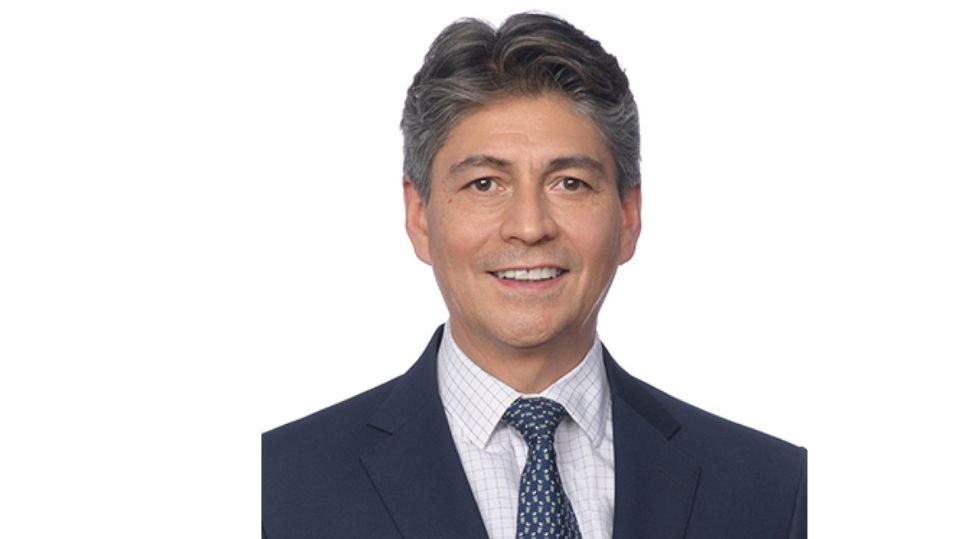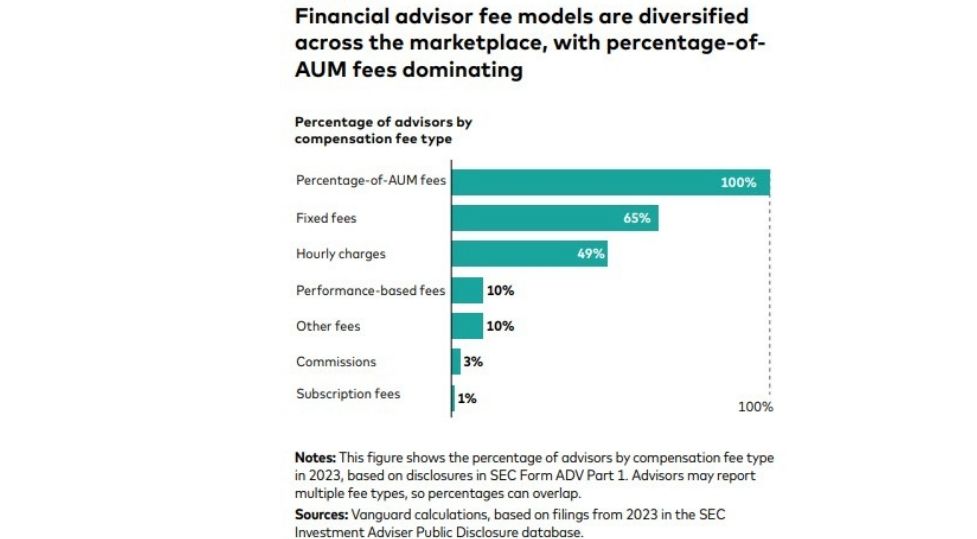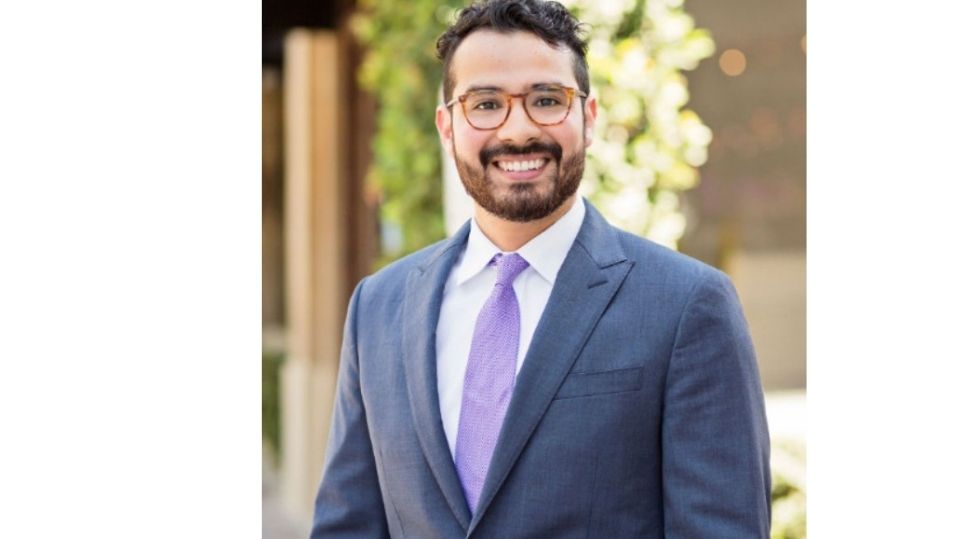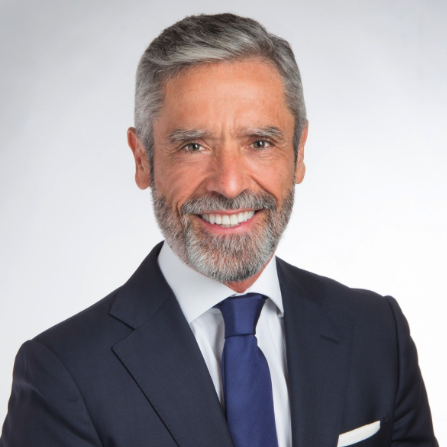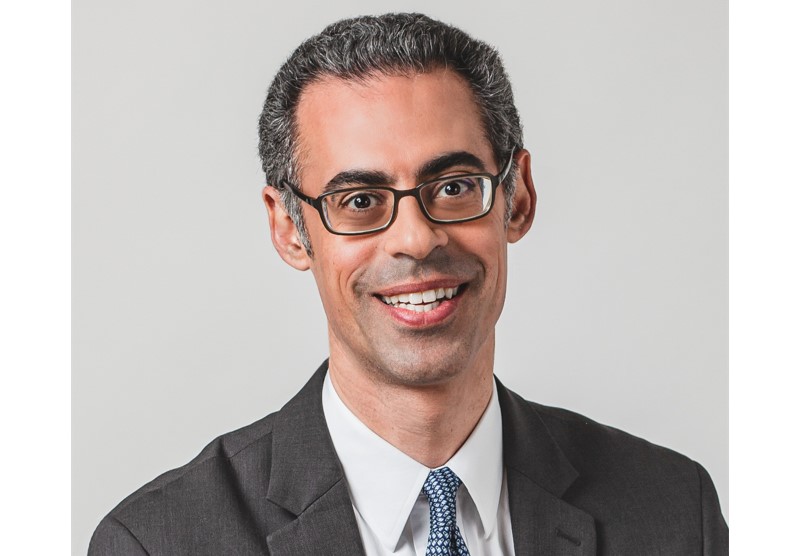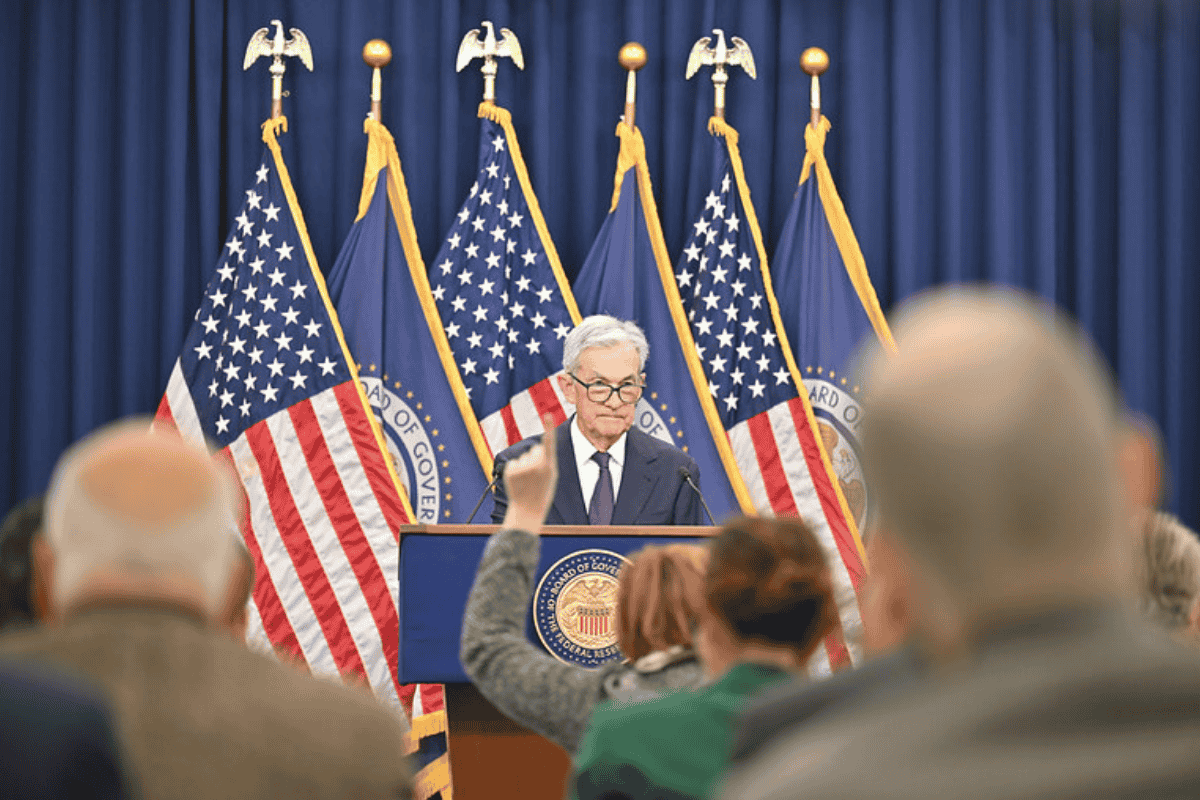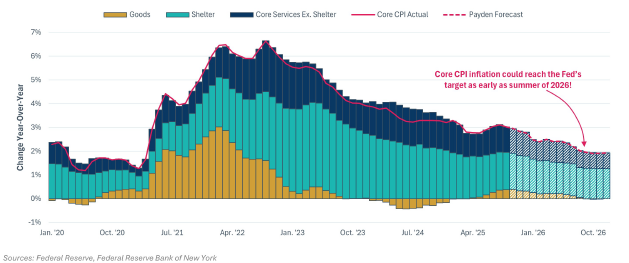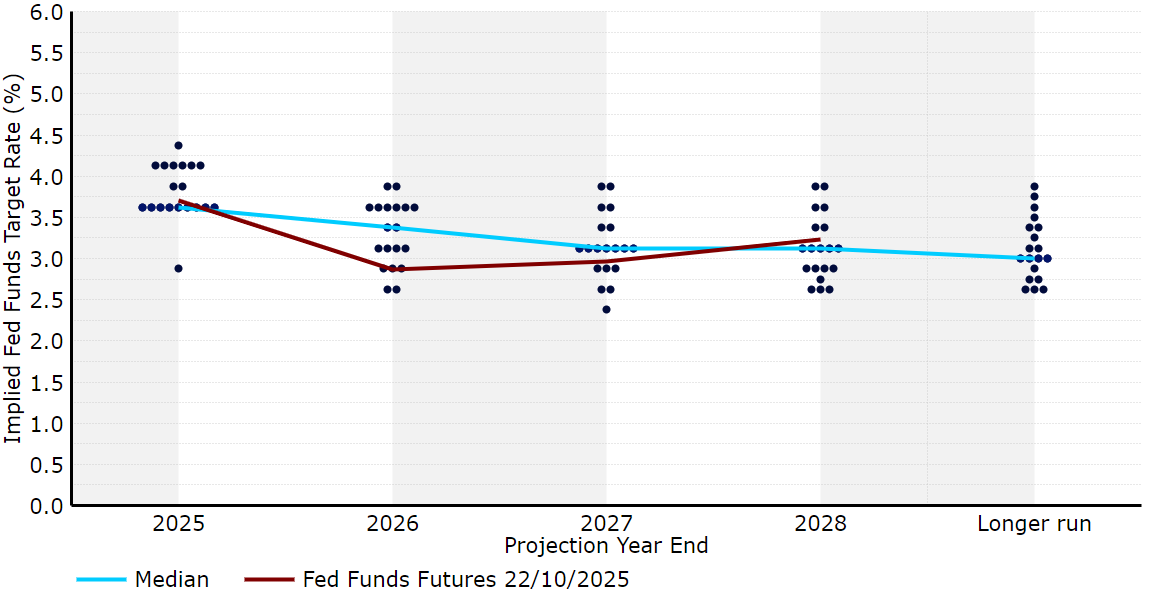Investment Opportunities for Argentina
As the second-largest shale gas reserve and fourth-largest shale oil reserve in the world, Vaca Muerta is crucial to Argentina’s economy. There is a tacit consensus between the ruling party and the opposition on the importance of its development—resulting in something nearly unprecedented in the country: continuity in public policies that encourage significant investment in this geographical area, despite the deep political divide that splits Argentina into two nearly irreconcilable halves.
Thanks to the production of unconventional hydrocarbons from Vaca Muerta, the South American country became a net energy exporter again in 2024.
In the early 2000s, the lack of clear regulations and a policy of frozen service tariffs led to disinvestment in the sector, turning Argentina into an energy importer—primarily of gas.
In the first half of 2025, the country recorded its highest energy trade surplus in the last 35 years: $3.761 billion, based on a 10.8% increase in exports and a 23.6% drop in energy imports, according to official data. Despite the international context—marked by a significant drop in oil prices—Argentina’s energy trade balance grew 53% compared to the same period in 2024.
By exporting energy, the country adds to the international currency it already generates through its agribusiness exports, which could translate into more employment and long-term economic stability for a nation plagued by recurring economic crises.
According to the study “El Campo Argentino en Números” by FADA (Agro Foundation for the Development of Argentina), agri-food and agribusiness exports contribute six out of every ten dollars of the country’s total exports.
Of the total dollars contributed, 62% come from agricultural manufacturing, 37% from primary products, and only 1% from inputs and machinery. During the first half of 2025, Argentina’s agro-industrial exports totaled $23.29 billion.
There is broad consensus that Vaca Muerta could generate up to $30 billion in annual exports by 2030—surpassing the current contribution of Argentina’s agricultural exports.
Vaca Muerta: Just a Promise for Investors?
Despite the strong figures, Vaca Muerta remains only a promise for investors in Argentine energy-related assets, according to market sources.
Luis Requesens, CIIA analyst and Managing Partner at Andes Wealth Management, a wealth management firm, does not see the sector as particularly attractive at the moment due to the oil price situation, which is causing companies to focus more on cost structures. In Vaca Muerta, “the idea is beautiful, but under current conditions, it’s not very profitable,” he says.
“The future looks bright, but today it’s all about outflows,” he elaborates. “So, we prefer investments with returns much closer in time.” Specifically, Andes WM is looking to Europe, where there is “an investment boom in renewable energy to avoid dependence on oil and gas from Russia.”
“In Argentina, you have to deal with a tax structure, with other cost structures, with higher interest rates, and local players are competing with the same shale oil and gas from the U.S. So yes, it’s a nice idea—but at best, it feels distant,” he says bluntly.
At Delphos Investment, Leonardo Chialva agrees: “Vaca Muerta is a puzzle with pieces still missing. Right now, it’s plateauing—there’s no way to get the oil out,” he says in reference to the new investments underway and those still needed. “And Vaca Muerta is highly sensitive to international oil prices. At the end of the day, it’s still a commodity, which fell 30% this year. Companies are starting to match their investments to their cash flows,” he concludes.
Meanwhile, energy expert Roberto Carnicier believes that in the long term, “the growth trend will not change. Betting on and continuing to develop Vaca Muerta is essential to unlock our economic history.”
For investors, the field remains a distant promise—the international context of commodity prices does not help.
The Export Potential of Vaca Muerta
“Despite internal and external challenges, Vaca Muerta has shown steady growth, evolving from a promise in the early 2010s to a clear and robust reality today—mainly due to the world-class geological quality of the reservoir,” notes PwC in its April 2025 report “Vaca Muerta: El Futuro de Argentina.”
In terms of shale gas, only China surpasses Argentina in available resources. For shale oil, Argentina ranks just behind Russia, the United States, and China.
At a national level, Argentina’s recurring challenge is its external constraint—the lack of foreign currency. This creates production bottlenecks in an economy with a structural demand for U.S. dollars due to inflation history and frequent peso devaluations.
Much of Argentina’s public and private debt is denominated in dollars, and the state needs foreign currency to pay interest and principal to international lenders and bondholders. If it cannot obtain these through exports, it must resort to new borrowing or use Central Bank reserves—fueling the economy’s vicious cycle.
With Vaca Muerta, Argentina could double its crude oil output in the coming years to reach 1 million barrels per day, potentially generating $18 billion in exports by 2026 and achieving a $12.5 billion energy trade surplus.
In terms of gas, Argentina could become self-sufficient and develop a strategic resource to support global decarbonization efforts. The country could export gas to the region—especially to Chile and Brazil—and eventually to global markets via a liquefied natural gas (LNG) plant, as detailed on the website of YPF, Argentina’s largest oil company and the main investor in Vaca Muerta.
Argentina expects an $8 billion energy trade surplus in 2025. “Before the construction of the (Presidente Néstor Kirchner) gas pipeline, the deficit was $4.5 billion, so we’re talking about an $11 billion turnaround,” says Daniel Gerold, head of G&G Energy Consultants and one of the country’s leading energy consultants, speaking to Funds Society. Private estimates place the 2025 surplus between $5 and $6 billion.
Roberto Carnicier, Director of the Energy, Gas, and Oil Program at Universidad Austral, states that with the six LNG shipping projects Argentina is developing in partnership with local and international firms, the country could generate over $13 billion annually.
In summary, there is consensus that Vaca Muerta could generate $30 billion in annual exports by 2030—exceeding the current contribution of Argentina’s agricultural exports.
“In Argentina, you have to deal with a tax structure, with other cost structures, with higher interest rates, and local players are competing with the same shale oil and gas from the U.S. So yes, it’s a nice idea—but at best, it feels distant.”
More and More Investment
Carnicier emphasizes the key role of YPF and its current CEO, Horacio Marín, in Vaca Muerta’s development. Marín, who previously spent nearly 36 years at Tecpetrol (a subsidiary of the powerful Techint Group, led by businessman Paolo Rocca), has promoted strategic partnerships from day one with companies that provide both technical and financial capacity.
In the last seven years, YPF has partnered with international companies, and together they have invested over $11 billion since development began in Vaca Muerta.
In May 2024, construction began on the Vaca Muerta Sur oil pipeline, with an estimated $2.5 billion investment. It will allow the transport of 500,000 barrels of oil per day and includes the construction of a deep-water port in Río Negro. Also underway are the Duplicar and Triplicar projects by OldelVal (currently the main pipeline in the basin), the expansion of the Néstor Kirchner Gas Pipeline, and the reversal of the TGN Gas Pipeline, which will eliminate the need for gas imports from Bolivia, supply gas to northern provinces, and open an export route to Brazil.
“These projects, expected to be operational between 2025 and 2028, will be crucial to realizing the formation’s production plans by the end of the decade. But Vaca Muerta’s productive capacity will require even more infrastructure investment,” warns the PwC report.
“In Vaca Muerta, there are two types of investment,” explains Daniel Gerold from G&G Energy Consultants. “One is for increasing oil and gas production, and the other relates to infrastructure works, which require around $14 billion,” he adds.
Still, Vaca Muerta is exposed not only to the international price of oil but also to the global interest rate environment, which could jeopardize project financing. “Even if its development is delayed, Vaca Muerta is here to stay,” says Fernando Heredia, Economics and Energy Editor at Forbes and energy columnist for CNN Radio.
Vaca Muerta’s investment incentives have achieved the impossible: consensus between government and opposition on the strategic importance of developing these resources.
